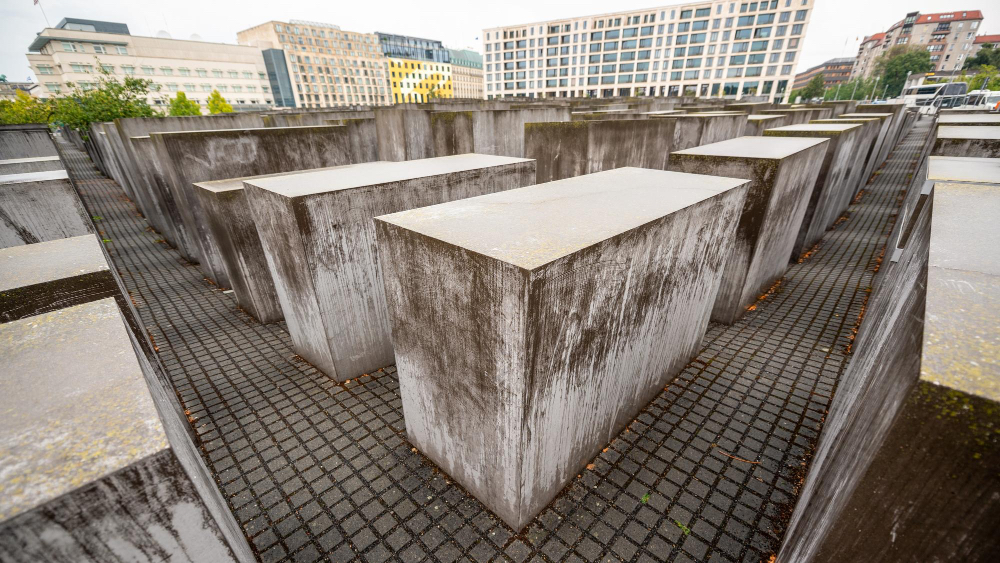This post is part of the Collective Punishment Basics series—a foundational guide for understanding how systemic exclusion shows up in schools and why it causes deep harm to disabled, neurodivergent, and vulnerable children. If you’re just starting to name what feels wrong, this is a place to begin.
Collective punishment emerged in a time when people were not understood as individuals, but as extensions of the family, the clan, the village. Responsibility was held in common. Honour was shared. So was shame.
In such systems, if one person broke a social norm or committed a crime, the entire group was held accountable. Not symbolically, but materially, such as exile or in some cases, death. This was not merely retribution—it was maintenance. The survival of small, tightly bound communities depended on internal regulation. If your cousin stole livestock, you might pay the price. The lesson: keep your cousin in check. In dangerous times, justice is often brutal.
This approach continued into early state formations. Under the Qin dynasty in ancient China, laws of implication meant entire families could be executed or enslaved for the crimes of a single member. In Rome, decimation was used to punish cowardice or mutiny in the army: one in ten soldiers would be chosen by lot and executed by their comrades. The goal was discipline through terror. To ensure compliance, not by appealing to reason or conscience, but by creating the constant threat of shared suffering.
Collective punishment endured not because it was just, but because it was effective—for those in power.
Weaponised suffering
The industrialisation of warfare in the twentieth century gave collective punishment new scale and brutality. What had once been a means of social control became a weapon of mass reprisal.
In occupied Europe during World War II, Nazi forces employed collective punishment systematically. If people sabotaged infrastructure or killed a soldier, entire villages were razed. In Lidice, Czechoslovakia, every adult male was executed, women and children were sent to concentration camps, and the village was erased from the map. Similar atrocities occurred in many occupied territories.
These were not isolated acts of vengeance. They were state-sanctioned policies. Written orders. Tactical decisions designed to break resistance movements and instil paralysis in occupied populations. The moral logic was inverted: the worse the offence, the broader the punishment. Even the possibility of dissent became grounds for total annihilation.
And yet, these atrocities forced a reckoning. The sheer magnitude of collective violence during the war created the political conditions for a global response.
What are some examples of collective punishment
Collective punishment has never been a neutral disciplinary tool. It is a technique of domination—used across centuries and continents to suppress resistance, enforce conformity, and strip communities of agency. From the Roman legions to Canadian residential schools, it has appeared in different forms but followed the same logic: when one person disobeys, all must suffer. This practice is not rooted in care. It is rooted in control.
The Geneva Conventions: a legal line in the sand
In 1949, in the aftermath of genocide and war, the international community ratified the Geneva Conventions. Among them, the Fourth Convention directly addressed collective punishment. Article 33 reads:
“No protected person may be punished for an offence he or she has not personally committed. Collective penalties and likewise all measures of intimidation or of terrorism are prohibited.”
This was a decisive break from precedent. For the first time in modern history, international law declared that group punishment—no matter how efficient, no matter how tempting—was inherently unjust. The individual became the locus of responsibility. Guilt, if it existed, had to be proven, not presumed through association.
But while this legal standard became part of humanitarian law in wartime, its adoption in peacetime institutions—schools, prisons, workplaces—remained incomplete. The letter of the law changed. The culture did not.
Collective punishment keeps happening
Despite legal prohibition, collective punishment remains widespread. In some cases, it takes familiar forms—bulldozed homes, curfews imposed on entire cities, denial of aid based on the actions of a few. In the Occupied Palestinian Territories, Israeli policy continues to demolish the homes of families whose relatives are accused of violence, a practice widely condemned by human rights observers but defended under the guise of deterrence.
In other cases, it is more banal, but no less corrosive.
In prisons, lockdowns are imposed on entire units following the actions of one person. In workplaces, entire teams are penalised for missed targets or procedural violations. In welfare systems, entire families are cut off from benefits because one parent missed an appointment.
And in schools—perhaps most insidiously of all—collective punishment is still used. The logic is clear: shame the group to regulate the individual. The goal is not justice. The goal is compliance.
-
What is an example of collective punishment?
Collective punishment is when a group is penalised for the actions of a few, regardless of individual responsibility. This practice…
How teaching became an exception to moral progress
Of all the institutions that continue to rely on collective punishment, the profession of teaching stands out. It is a field that prides itself on nurturing development, fostering justice, promoting accessibility, and preparing children to become ethical members of society. And yet, collective punishment remains in most districts in Canada.
-
Nova Scotia bans collective punishment
Nova Scotia’s Provincial School Code of Conduct Policy underwent a significant update in April 2025, marking a substantial revision of…
Classrooms are governed not by legal rights, but by discretionary authority. Teachers are expected to manage groups, often under impossible conditions—large classes, inadequate support, minimal training in trauma-informed practice. In this context, collective punishment becomes a shortcut. A time-saver. Perhaps, it is also culturally reinforced, with many adults carrying the memory of being collectively punished.
Neurodivergent children, disabled children, Black and Indigenous students, and those from marginalised communities are disproportionately disciplined. Rather than recognising behavioural distress as a communication of unmet needs, systems respond with group punishment, which serves to further marginalise these students.
And the unions, professional standards bodies, and ministries that could challenge this pattern rarely do. In many cases, they defend it. Not explicitly, but through silence, or by invoking “classroom management” as a private domain—immune to scrutiny.
This is how collective punishment festers. Not because teachers are malicious, or that many teachers don’t object individually, but because the profession has normalised expedience over ethics. It has not reckoned with the weight of its own authority.
A call for an end to collective punishment
Collective punishment has been declared immoral by international law. It has been condemned in theory. And yet, in practice, it remains deeply embedded in our social systems.
It survives because it is useful to power. Because it creates the illusion of control. And because the people it harms most have the least institutional voice.
We cannot teach justice by enacting injustice. We cannot prepare children for democracy while modelling authoritarianism. The classroom must not be a site of collective blame, but of individual dignity and shared responsibility.
End collective punishment in BC schools
No child should be punished for another’s behaviour. Children know from a very young age that this is wrong.
We call on the BC Ministry of Education and Child Care to end collective punishment in BC Schools.











